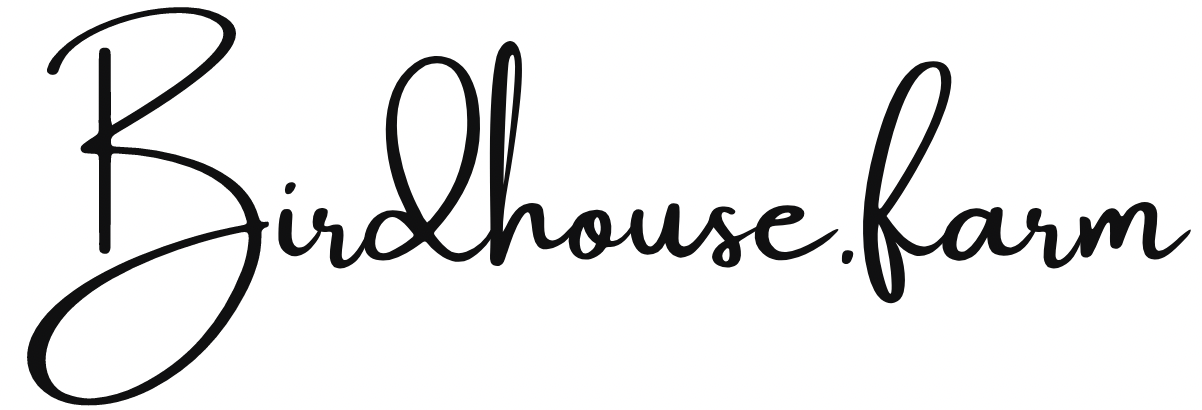Wetland Project
Urban Wetlands Project
At Birdhouse.farm, our Urban Wetlands Project blends ecological restoration with sustainable food production, demonstrating how wetlands can be transformed into thriving, productive landscapes. This initiative is part of our broader Integrated Habitat, Landscaping, and Wetlands Initiative, showcasing how restored ecosystems can support people, wildlife, and agriculture in harmony.
Key Aspects of Our Natural Food Systems Project
🌿 Wetland Crops: We cultivate a variety of native wetland plants, including American Lotus, Hopniss, Pickerelweed, Arrowhead, Cattails, and Sochan. These crops not only provide nutrient-rich food but also contribute to water filtration and habitat diversity.
🐟 Sustainable Aquatic Farming: Our wetlands host native fish, crawfish, and pea clams—species that thrive in this environment while enhancing biodiversity and maintaining ecological balance.
🦋 Wildlife and Pollinator Support: We’ve designed the system to attract dragonflies, frogs, native insects, and songbirds, fostering a resilient and balanced wetland ecosystem.
💧 Bioremediation & Water Health: Using bull rushes, cattails, and thriving microbiological communities, we naturally purify the water, transforming the wetland into both a food source and a filtration system.
🌳 Agroforestry Integration: The surrounding dry forest and tallgrass prairie are planted with beneficial species that provide food, mulch, and habitat for wildlife, reinforcing the overall health of the ecosystem.
🎓 Education & Community Engagement: Through workshops, farm-to-table events, and guided wetland tours, we invite the community to witness how wetlands can be restored to support sustainable food systems.
Why It Matters
Wetlands play a vital role in maintaining biodiversity, improving water quality, and mitigating climate change. By showcasing how these ecosystems can also provide food and habitat, we’re paving the way for innovative, sustainable agriculture.
👉 Follow Our Journey:
Sign up for our newsletter to learn more about our progress and explore how restored wetlands can benefit both the environment and the community.





